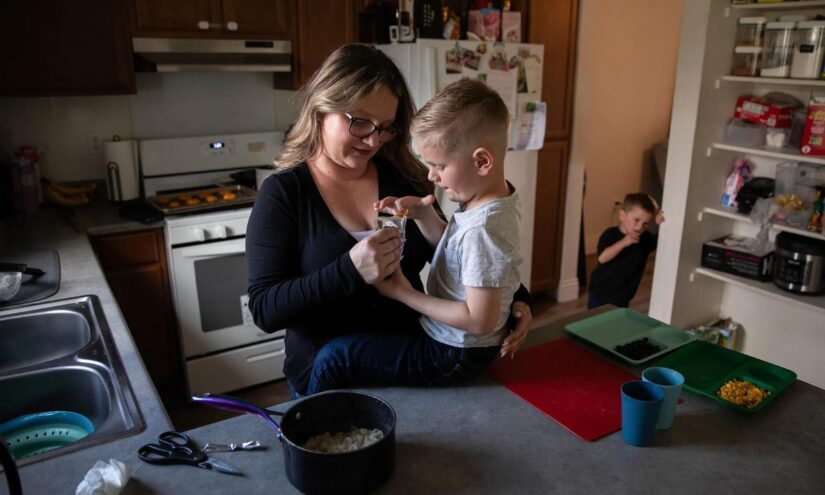During this summer, a team of students from MIT embarked on a journey to the sou …
COVID Relief Funds for California Colleges Running Out
Carlos Changemaker

In March 2020, an educational crisis loomed as a surge of student dropouts threatened California’s public colleges and universities with potential losses amounting to billions of dollars within the year.
The federal government intervened by allocating more than $8 billion across three tranches to California’s public higher education institutions as part of a nationwide rescue initiative. For the California State University system, this relief funding represented approximately a quarter of its annual revenue.
As institutions rushed to utilize the funds amid sparse federal and state guidance, concerns arose that the influx of relief money might have been excessive and hastily managed. A 2021 state audit highlighted that campuses failed to fully optimize the funding, enacting decisions that favored certain student groups over others.
Approaching the imminent June deadline to exhaust the allocated funds, colleges find themselves at a turning point from an economic boom to a potential bust. While many educational institutions have already depleted their allocations on substantial purchases like new laptops and student tuition waivers, the sustainability of these programs poses a significant challenge, especially with California currently grappling with a budget deficit.
The boon experienced by students was short-lived despite a three-year period during which California’s higher education establishments used federal aid to distribute modest cash grants to students, averaging less than $1,000 per student. For many financially struggling students, the assistance provided often fell short of alleviating their financial burdens.
After completing high school in 2020, Jose Castillo briefly enrolled at Merced College before financial constraints led him to drop out and seek employment at a food packaging warehouse, working lengthy shifts to earn nearly $2,000 per month. Following a hiatus from education, Castillo re-enrolled at a community college, augmenting his annual financial aid package of $10,000 with an additional $2,000 granted over two semesters from pandemic relief funds.
The allocation of around half of the $8 billion in federal aid directly to students necessitated that economically disadvantaged students utilize the funds for basic necessities such as housing, food, and transportation. However, discrepancies emerged in the eligibility criteria for relief disbursements, resulting in varying distribution processes across different colleges.
While colleges were permitted to allocate the remaining 50% of the relief funds for institutional needs encompassing equipment or staff training, little oversight was exercised over how the funds were specifically utilized. Instances of ambiguous reporting by educational institutions raised questions regarding the transparency and accountability of fund utilization across various campuses.
Despite the considerable financial assistance provided through federal relief programs, the educational sector faced challenges in optimizing the utilization of funds, with institutions often unable to secure eligible grants. Inefficiencies in leveraging available funds led to missed opportunities for colleges to recuperate expenses through reimbursements from federal agencies like the Federal Emergency Management Agency (FEMA).
The disparity in funding distribution between community colleges and UC/CSU campuses underscored the challenges faced by low-income students, despite their substantial representation within the community college system. Initial prioritization criteria by the federal government favored schools with a higher concentration of full-time students and Pell Grant recipients, disadvantaging community colleges with a larger part-time student demographic.
The plight of students like Mikala Hutchinson reflects the bureaucratic hurdles faced by adult learners without high school diplomas in accessing financial aid, particularly during the distribution of COVID-19 relief funds. Hutchinson’s struggles navigating the financial aid system demonstrate the complexities and inconsistencies in disbursing aid to underserved student populations.


